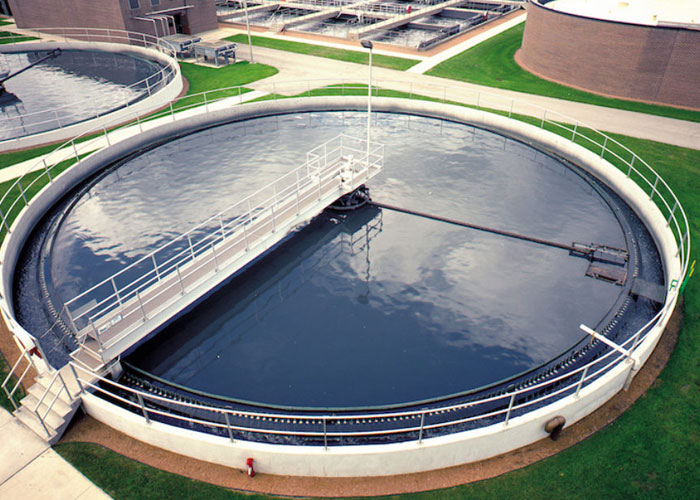Water and wastewater management is disposing of waste, including feces, urine, and sludge. These materials can pose a range of health and environmental problems, including the growth of disease-causing organisms. Human waste can also contain toxic chemicals and heavy metals that cause many environmental and health concerns. It can also contain carriers of diseases that have no symptoms, such as hospital waste. Wastewater from farms, meat processing facilities, and slaughterhouses can be contaminated with disease-causing organisms. Moreover, rats and mice may live in sewers and can make their way to human waste.
Depending on the location of your home, you might have to purchase an STP to handle your sewage. Generally, residential buildings need at least one STP to treat sewage. Many STPs are located underground, making them difficult to maintain. Moreover, you may not be able to inspect them without hiring an expert. It is better to consult a professional if you have any doubts about the process.
Treatment of wastewater
Currently, there are many different methods used for the treatment of wastewater. The first is source treatment, which removes undesirable contaminants, including toxins. This process also makes it possible to recycle constituents. The next step in the treatment process is secondary treatment; sometimes, tertiary treatment is added. Pretreatment is an important step in wastewater treatment because it renders raw wastewater compatible with the subsequent treatment processes. It also takes into account constituents that may accumulate in the sludge or interfere with subsequent treatment processes.
Conventional wastewater treatment can reduce organic waste materials, bacteria, and suspended solids. Activated sludge, TRC, and trickling filtration can all be used to remove three primary parameters. These methods can produce the desired water quality. Through innovation and experience, these methods are becoming more reliable. But which method is best for your specific wastewater treatment needs? Here are some examples:
Treatment of sludge

The Department of Environmental Quality (DEQ) supports using sewage sludge as a soil amendment to enhance the productivity of marginal lands and supplement fertilizers. Beneficial uses of sewage sludge include reductions in the need for chemical fertilizers and an increase in available plant water. The nutrient content of sewage sludge is also beneficial to agricultural production. This wastewater residue is an excellent source of nutrients for plants.

The overall mandate of the DWQ is to ensure the safe and effective management of sludge. The AQARs regulate sludge quantity, quality, and ultimate disposal methods for sewage sludge. The SQARs were promulgated in 1979 and are currently in effect. They help generators implement and evaluate sludge management plans and develop appropriate management alternatives.
Treatment of feces
There are many diseases linked to feces in water and wastewater. Some are fatal, while others are harmless and can affect a few people. Some are infectious, including hepatitis A and polio. Viral gastroenteritis is one of the leading causes of disease in the U.S., and over 100 types of viruses are found in raw sewage. To detect these viruses, sewage treatment facilities must test wastewater samples at the treatment plant's inlet.
Human waste is a major source of contamination for humans and wildlife. In addition to feces and wastewater, the human waste contains pharmaceuticals and microplastics that can cause diseases and endanger biodiversity. Sewage also impacts the seagrasses and estuary fish nurseries, which are important for storing CO2 and acting as a buffer against climate change. The developed world is the largest contributor to the waste problem, with antiquated municipal sewage systems that mix wastewater and rainwater. In addition, intense precipitation events flush raw sewage into waterways throughout the U.S. and the U.K.
Treatment of urine
In addition to addressing the aesthetic concerns of sewer systems, water and wastewater management safeguards public health by reducing and eliminating the risks associated with human and animal exposure to excreta. The human body processes urine and feces, a source of many disease-causing organisms. Water and wastewater also contain harmful chemicals, heavy metals, and other potentially hazardous materials that are detrimental to human health and the environment. Humans can acquire disease-causing organisms from hospital waste or from carriers of a disease, although they may not show symptoms.
The production of struvite by sanitation service workers poses a risk of infection. This process requires frequent contact with contaminated surfaces, such as urine-filled plastic containers. In addition, a sanitation service worker's hand-mouth connections were higher during struvite production, where he or she was exposed to urine-contaminated surfaces more often. Moreover, the struvite-producing sanitation worker's exposure to pathogens is primarily determined by the concentration of pathogens on the cloth reactor components, which became saturated with urine.







































Share Post